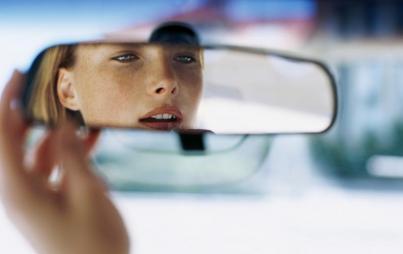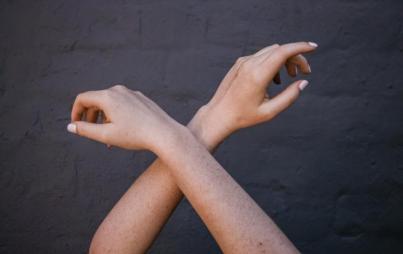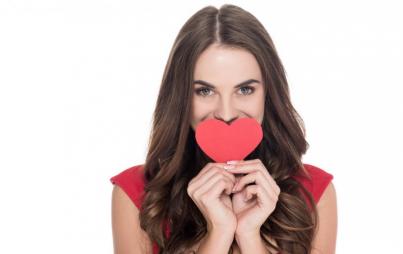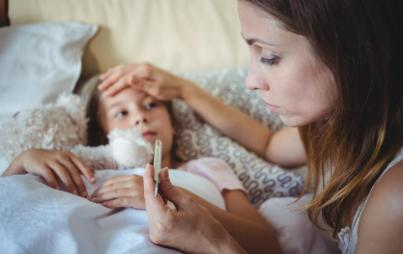
Self-care can be a lot of things. Sometimes it is a purely psychological journey, other times physical, and then sometimes even indulgence in material goods and luxurious experiences. Self-care can also be about creating art. Often it is a combination of many of these experiences, like dance.
Dance is a wonderful method of self-expression. In its higher artform, it can be movements of the body to reflect your emotional position in life or a story; in less academic forms, it can just be movement that feels good and makes you happy. The great thing about dance is that you don’t have to be classically trained or even “good” at it to reap the benefits. Those who have mobility issues can dance from their chairs, in water, or other seated positions as well.
As a form of exercise, dance can improve muscle, heart, and lung function as well as build stronger bones, improve coordination and spatial sense, help with mental functioning, and build a better relationship with your body, leading to increased libido. Dancing also helps stave away dementia in older people!
But dance is so much more than exercise — it’s about getting to know you. Many trauma survivors use dance to become reacquainted with their bodies after sexual assault and domestic violence. It’s about exorcising feelings and energy that you sometimes don’t even know are there, releasing the energy from you like some demon or Holy ghost. It’s about getting to know your body and owning its jiggle, being in control of your movement while simultaneously letting go.
Here are 4 Easy Ways To Incorporate Dance Into Your Life:
1. Dance Like No One’s Watching — ‘Cause They’re Not.
Do your makeup and put on your favorite sexy outfit (or skip it if hair/makeup isn’t your thing) and lock your door. Put on your favorite sexy tunes and dance for yourself in front of the mirror. Get to know and love your jiggle, no matter how big or small.
Dance like no one is watching, because they’re not. There is no one but you and the mirror. Smile and give yourself a wink. Hell, give yourself a sexy striptease and get to know the way your body moves. Appreciate the dimples and rolls if you’ve got them, the tight muscles where they are, or how your visible ribs move when you shimmy. Love your body no matter how you are built.
Afterward, take this new confidence into the bedroom with a partner, out onto a dance floor, or in a dance studio.
2. Take A Dance Class
If you’ve got the discipline and time in your schedule, take a dance class! Nothing opens up your mind like learning a new skill, and dance is great because it engages both your brain and your body. Delve deep into the history of the dance (even if it’s new, learn its origins) and find a buddy that you can practice with outside of the dance studio.
Finding the right class can be tricky. Assuming you are a beginning dancer, finding a dance form that does it for you can be challenging. You can base it on music or how you are drawn to the movement. It doesn’t have to be something that you can apply on the dancefloor at a club, just learning a dance for the sake of fun or enriching yourself is enough!
For instance, I have multiple friends both in Portland and Oakland who are in queer square dancing classes. Yes, you heard me right: queer and square dancing are not mutually exclusive. Similarly, I have several pals who take African dance, as well as hip-hop and barre classes. Figure out what works best for you. Try a few drop-in sessions or pay individually and sample them! If you think outside of the box, you may be surprised as to what really moves you.
3. Ecstatic Dance
Ecstatic dance is freeform dance in its absolute loosest, move uninhibited form. There are no steps to learn, no uniforms, often no footwear, and no partners required. A lot of people treat ecstatic dance like a physical form of church or speaking in tongues, only there are no tongues… in fact, it is a non-verbal space. It’s just your body expressing the spirit — whatever that may mean to you — as it overcomes you.
Yeah, it’s some hippie shit. But it’s rad and there are some really wonderful things to be gleaned from it. It’s an opportunity to set your judgement aside, including that of yourself, and just be present. That’s priceless.
The dance usually starts out with mellow music to do stretches to and loosen your body while in a seated position on the floor. Then, the beat and energy of the music builds up, encouraging folks to stand and move. It builds and builds until everyone is dancing and then follows a similar cool down pattern twice, typically wrapping up before midnight. No one is allowed to touch you without consent. Partner dancing is encouraged sometimes, but solo dancing is always respected and usually without too much interference; sober people typically hear "no" a little more clearly than a similar situation in a club.
The cool thing about these groups is that they are all-ages and sober events. That is, if you are under the age of 18 and/or a recovering addict, these are safe sober spaces. Because of this, it can be an especially safe place for a trauma survivor getting to know their body and personal limits as part of their recovery process.
4. Go Out Dancing With Friends
If organized dancing isn’t your thing, it doesn’t have to be. Go out with your pals to a club! Put on an outfit that makes you feel sexy and want to move. In fact, you can warm up for the evening by getting ready and dancing in the mirror. Find a spot with great music and you may not feel as bound to getting as drunk as you would at a place that you just aren’t vibing with.
Remember These Basic Things When You Are Dancing:
1. Stretch before AND after you start dancing. Warm-ups and cool-downs are key to keeping your body primed and preventing injuries! As gratuitous as it may sound, do some stretches even before you go dancing at a club! It doesn’t hurt to do lengthy stretches at home (especially before you put on those heels) or even in a parking lot if you have the time and don’t give a shit who sees. Your body is yours — screw judgmental onlookers.
2. Listen To Your Body. If it hurts and you can’t do it, you can modify the move. You are paying for the class and there are professionals there to facilitate it. These are casual dance classes; this isn’t Black Swan, no matter how much some pretentious bitches want to pretend it is.
3. Stay hydrated!!! Drink tons of water and keep lean protein on you (like raw almonds) for a quick energy boost.
4. Sit and watch while you learn a new move. Most injuries in dance classes result from not listening to your body while trying to push a new move too quickly and too hard.
5. Give yourself frequent breaks if this is new or you have been sedentary for a long time. Seriously. It doesn’t matter if you used to be a professional or you’re classically trained. I used to be a natural blonde. Tell that to the grey hairs coming in. Ego and past experience does not make up for muscle atrophy and your body relearning the moves and positions.
6. Wear well-fitting shoes. Get a professional fitting if you’re going to take a dance class, it will help your form and also help to prevent injuries. It’s okay if they’re ugly, it’s your health.
7. Consult a doctor if you have any mobility issues or potential health concerns. Yes — older, fat, or disabled bodies can do just about anything that they put their minds to, but sometimes those plans need careful consideration and modification to individual needs. Be wise and talk to both a body-positive health practitioner and your dance instructor to formulate an individual plan. A good instructor will not only be accommodating of your physical needs but actually enthusiastic about learning how to help different bodies achieve their goals. They wouldn’t be there if they didn’t want to share their passion with the world.
Go out there and move your body! Tag @ravishly and #selfcaresunday with photos of you dancing. We can’t wait to see!








